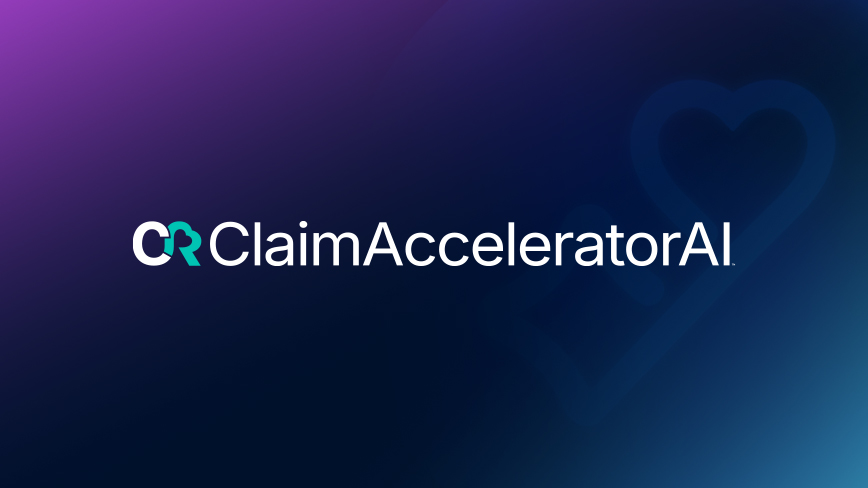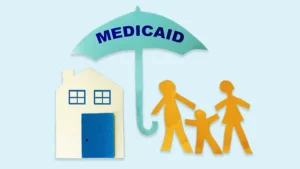Spring has arrived! For educators, this means more than warmer temperatures and blooming flowers. This is the time of year that educators administer many standardized and alternative assessments. Now is also the perfect time to assess how the school year has progressed and whether you have had the tools needed throughout the last year to do your job effectively, as an educator. In other words, let’s take a look back on this school year to plan ahead for the next!
Assess Your Technology
Use what you have learned this year to assess for changes that may be needed for the next year. Start by assessing your tech stack, including your special education software. Take a look at the technology you used this year and consider what worked and what didn’t. Is your software meeting your needs and perhaps more importantly, meeting the needs of your students? If not, consider what changes may be needed to improve workflows and enhance student outcomes.
Special Education Data Collection
Are you currently using a paper and pen data system or other disintegrated systems such as excel to record data? With the growing demands on special education departments, digitizing your data collection can reduce the workload of busy educators. Accurate data on each goal is a requirement for IEPs. Digital data collection is more efficient, ensures compliance with laws and regulations, and reduces staff burnout. Most importantly, digital data collection means more time spent doing what matters the most– teaching.
Assess Your Assessments
Another way to enhance student outcomes and reduce the burden on teachers is to digitize your student’s assessments. Each student requires an assessment, often multiple times each year to monitor progress. Using a digital assessment tool allows teachers to easily assess the areas of focus for the individual and navigate between sections, focusing on what matters for the learner. Save time and resources by streamlining the assessment process. Digital assessments also allow the opportunity to easily share assessment documentation with other educators, parents, and students.

Assess Your IEP Procedures
Consider whether your processes for IEPs are streamlined and effective. Are your learners making progress? Are your IEP write-ups taking up excessive amounts of time that could be better spent? Digitizing your entire workflow from assessment to data collection and monitoring to IEP creation can greatly reduce your workload and enhance student outcomes. From a digital assessment, you can simply take the narrative paragraph, add it to your IEP, and make any necessary adjustments. This reduces the cognitive burden of remembering details from the assessments and helps you focus on the IEP creation. Additionally, it allows for fewer human errors.
Train Your Team
If you have identified a need for new technology in your classroom, now is the time to prepare for the now is the time to prepare for the next school year by training your staff. school year by training your staff. New technology can come with a learning curve as the team modifies workflows that they have become accustomed to. Change can be hard, even if what you previously had in place wasn’t working as effectively as everyone would like.
To ease the implementation burden, identify key staff members to act as innovation champions to roll out the new system(s) with your team. Also, create a training schedule that allows optimal time for everyone to acclimate to the software and ensure optimal usage when the new school year starts. Implement, train, and champion your staff over the Summer, so your team is ready to go on day one of the new school year!
Go Digital with CentralReach
Improve your workflows with CentralReach’s suite of software designed for special educators. Leave the disintegrated systems that aren’t benefiting you or your students in the past and spring forward with your special education software.
Schedule a consultation with our special education
software experts to learn more.





